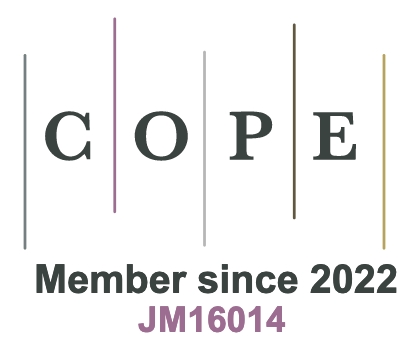Figure6

Figure 6. (A) Crystal structure of a perovskite with multiple cations, including potassium (K

Figure 6. (A) Crystal structure of a perovskite with multiple cations, including potassium (K


All published articles are preserved here permanently:
https://www.portico.org/publishers/oae/